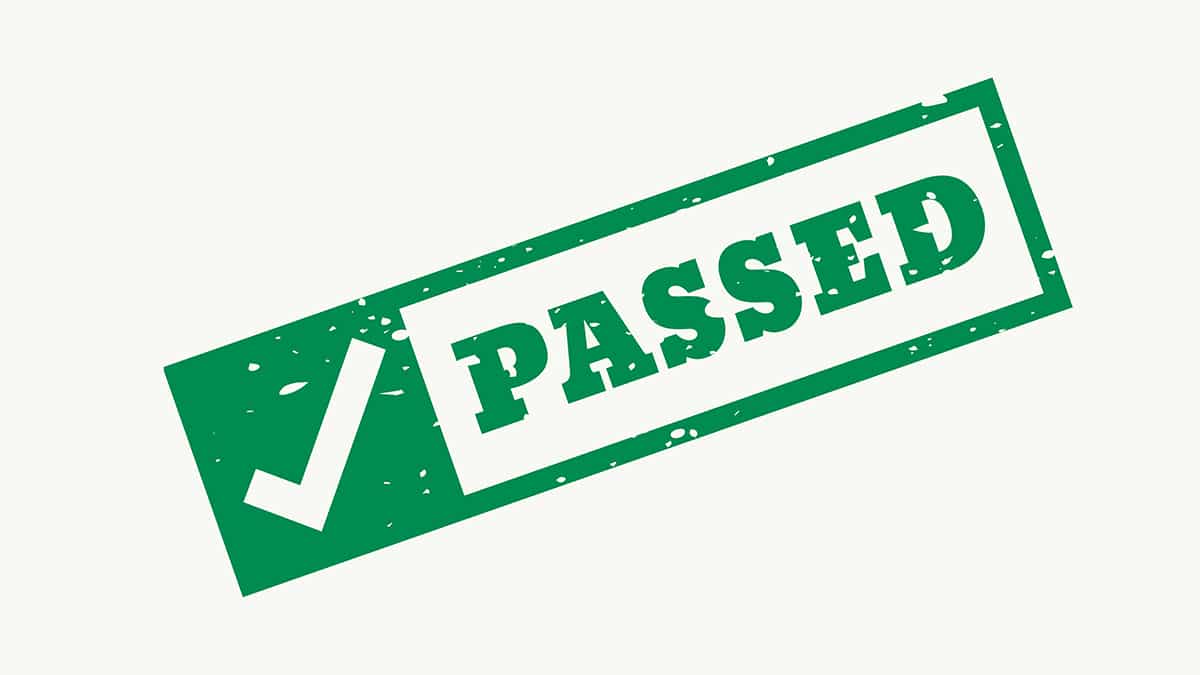In this guide
When it comes to building a retirement nest egg, most people realise their employer is doing the bulk of the heavy lifting through their regular Superannuation Guarantee (SG) contributions.
But that’s not the only way to build up your super balance. You can also make contributions into your super account from your take-home pay or savings outside the super system.
If you’re interested in learning more about how to boost your retirement savings through personal super contributions, SuperGuide has prepared this simple guide to non-concessional contributions.
What is a non-concessional super contribution?
For most employees, their employer’s SG contributions are part of their salary package and they are made from money that has not yet been taxed. When this money goes into your super account, it’s taxed concessionally at the special low rate of 15% (the contributions tax).
On the other hand, if you decide to make personal contributions into your super account, they can come from money that has already been taxed at your normal tax rate. These contributions are called non-concessional (or after-tax) contributions because tax has already been paid on the money you use to make the contribution.
You can also make personal contributions that are concessional by salary sacrificing or claiming a tax deduction for your personal contributions.
Need to know: There is no 15% contributions tax payable on non-concessional (after-tax) contributions when they are added to your super account as you have already paid tax on this money.
What types of contributions are non-concessional?
There are several types of non-concessional (after-tax) contributions:
- Personal contributions you make and don’t claim as a tax deduction in your income tax return. These are often called ‘voluntary’ contributions and can be either a large lump sum or small regular amounts.
- Contributions processed as a payroll deduction from your after-tax income.
- Spouse contributions made by you into your spouse’s super account or by your spouse into your account. A tax rebate is available for the contributing spouse if the receiving spouse has a low income. Learn about spouse contributions.
- Excess concessional (before-tax) contributions you have not released from your super fund.
- Retirement benefits you withdraw from your super and recontribute, for which you have not claimed a tax deduction. Learn about recontribution strategies.
Good to know
If you withdrew money from your super fund as part of the COVID-19 early release of super scheme, you can now recontribute that amount as a non-concessional contribution and it won’t count towards your annual non-concessional contributions cap.
Recontributions of COVID-19 early release of super payments can be made between 1 July 2021 and 30 June 2030. See the ATO website for more information.
What is the non-concessional contributions cap?
There are annual caps (or limits) on the amount of non-concessional contributions you can make into your super account. This annual cap increases in line with indexation of the concessional (before-tax) contributions cap.
The general annual cap for non-concessional contributions for 2024–25 is $120,000.
Your individual non-concessional cap may be different from the general annual non-concessional contributions cap. It can be higher if you use a bring-forward arrangement, or nil if your Total Superannuation Balance (TSB) was greater than or equal to $1.9 million on 30 June 2024.
Super tip
Using a bring-forward arrangement with your non-concessional contributions can be handy if you receive a financial windfall such as an inheritance, or sell a large asset and would like to contribute an amount above your annual contributions cap.
Once you start a bring-forward period the total amount you may contribute during that period is fixed. If the non-concessional cap increases during the period, you do not become entitled to use the higher cap.
Learn about the bring-forward rule.
Non-concessional contributions caps in the current and previous financial years
| Income year | Amount of cap* |
|---|---|
| 2024–25 | $120,000 |
| 2023–24 | $110,000 |
| 2022–23 | $110,000 |
| 2021–22 | $110,000 |
| 2020–21 | $100,000 |
| 2019–20 | $100,000 |
*These caps are subject to any bring-forward arrangements commenced in prior years.
Learn about exceeding your super contributions caps.
Three types of contributions don’t count towards your annual non-concessional contributions cap:
- Personal injury payments
- Contributions you chose to count towards your lifetime capital gains tax cap that don’t exceed your lifetime limit. (Learn about the small business retirement exemption and 15-year small business exemption.)
- Downsizer contributions from selling your home. (Learn about downsizer contributions.)
These contributions are only excluded if you meet all the conditions and specifically ask your fund to exclude them by providing the necessary paperwork.
Need to know
When calculating your non-concessional contributions each year, the ATO counts both your personal and spouse contributions to all your super fund accounts. (Your personal contributions are those for which you don’t claim a tax deduction.)
If you go over your concessional contributions cap ($30,000 in 2024–25), your excess contributions are also counted towards your non-concessional contributions cap.











